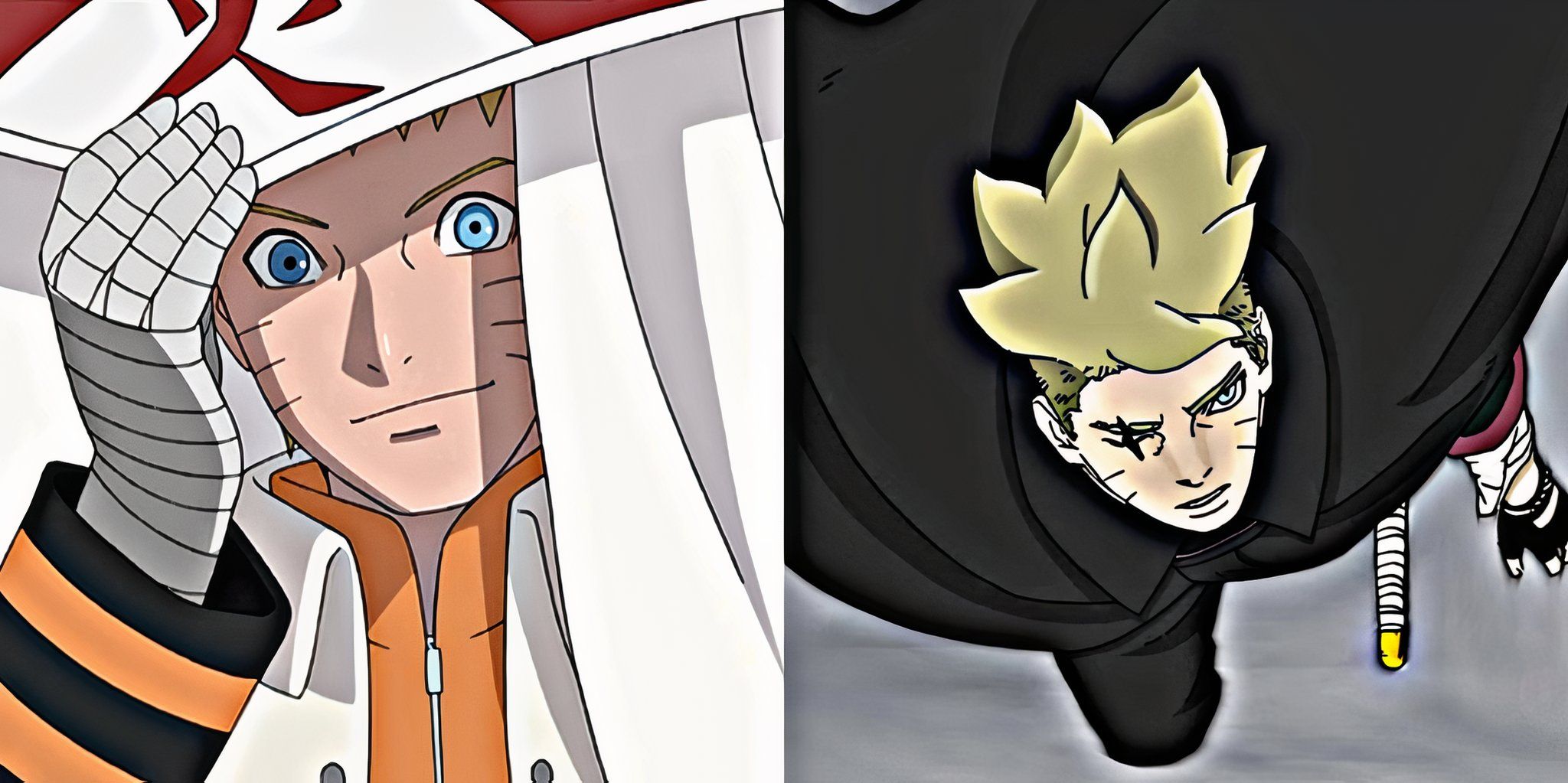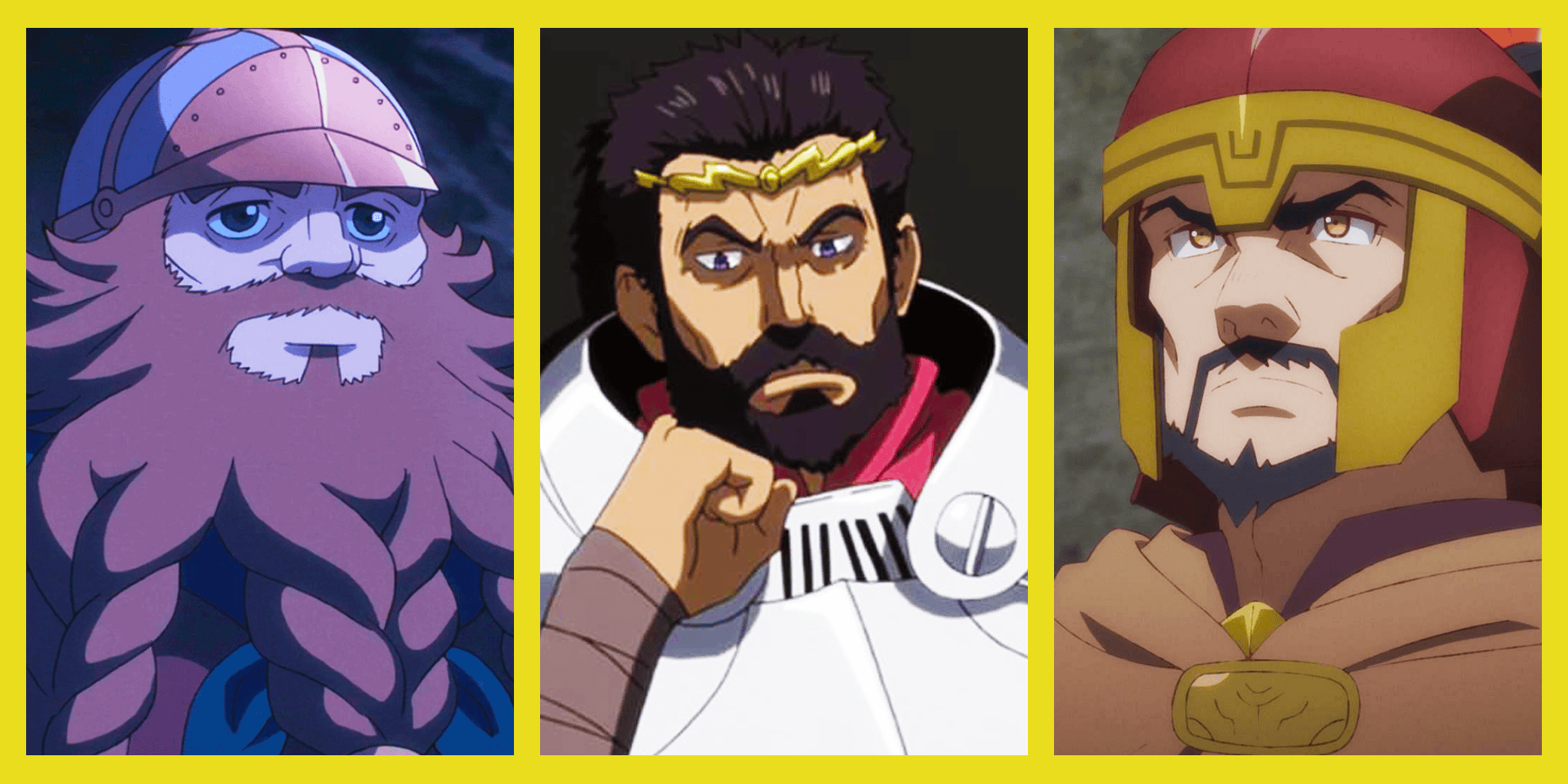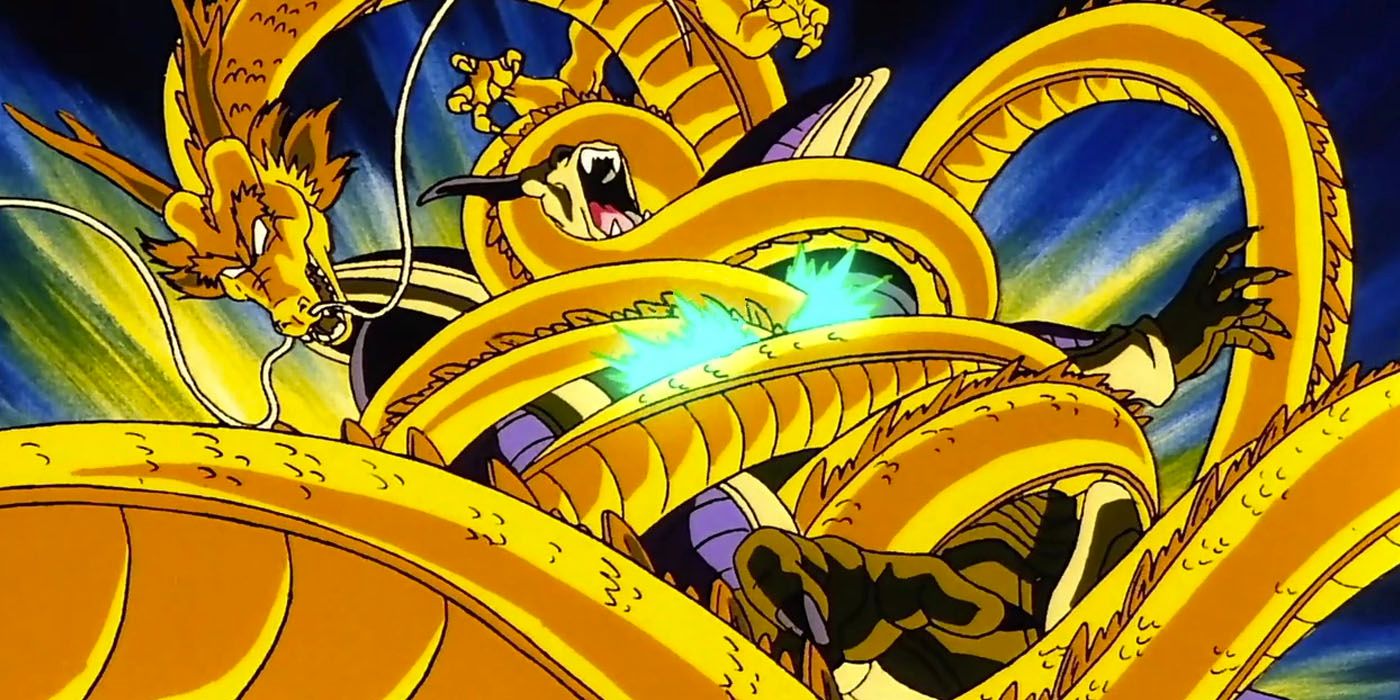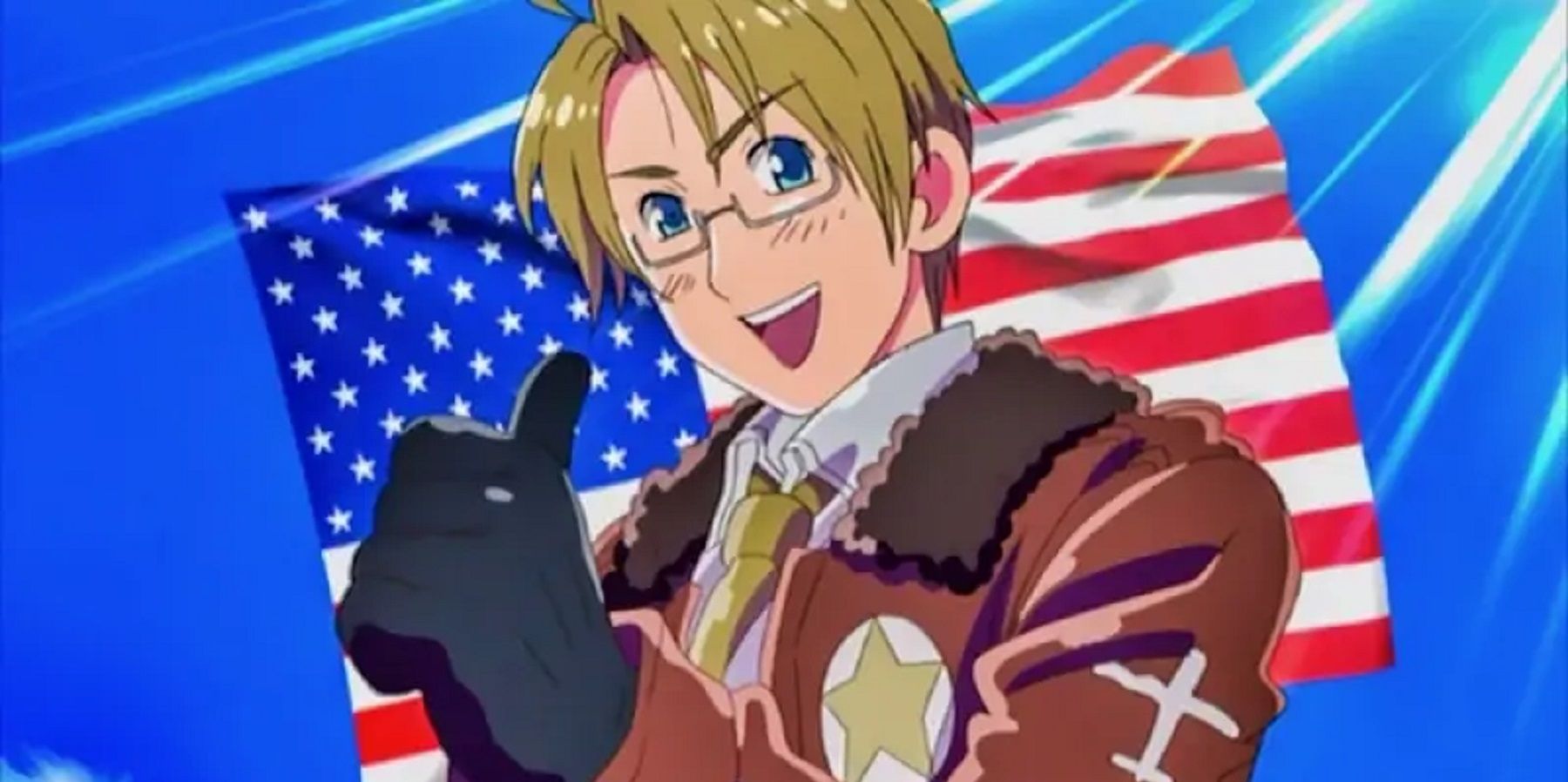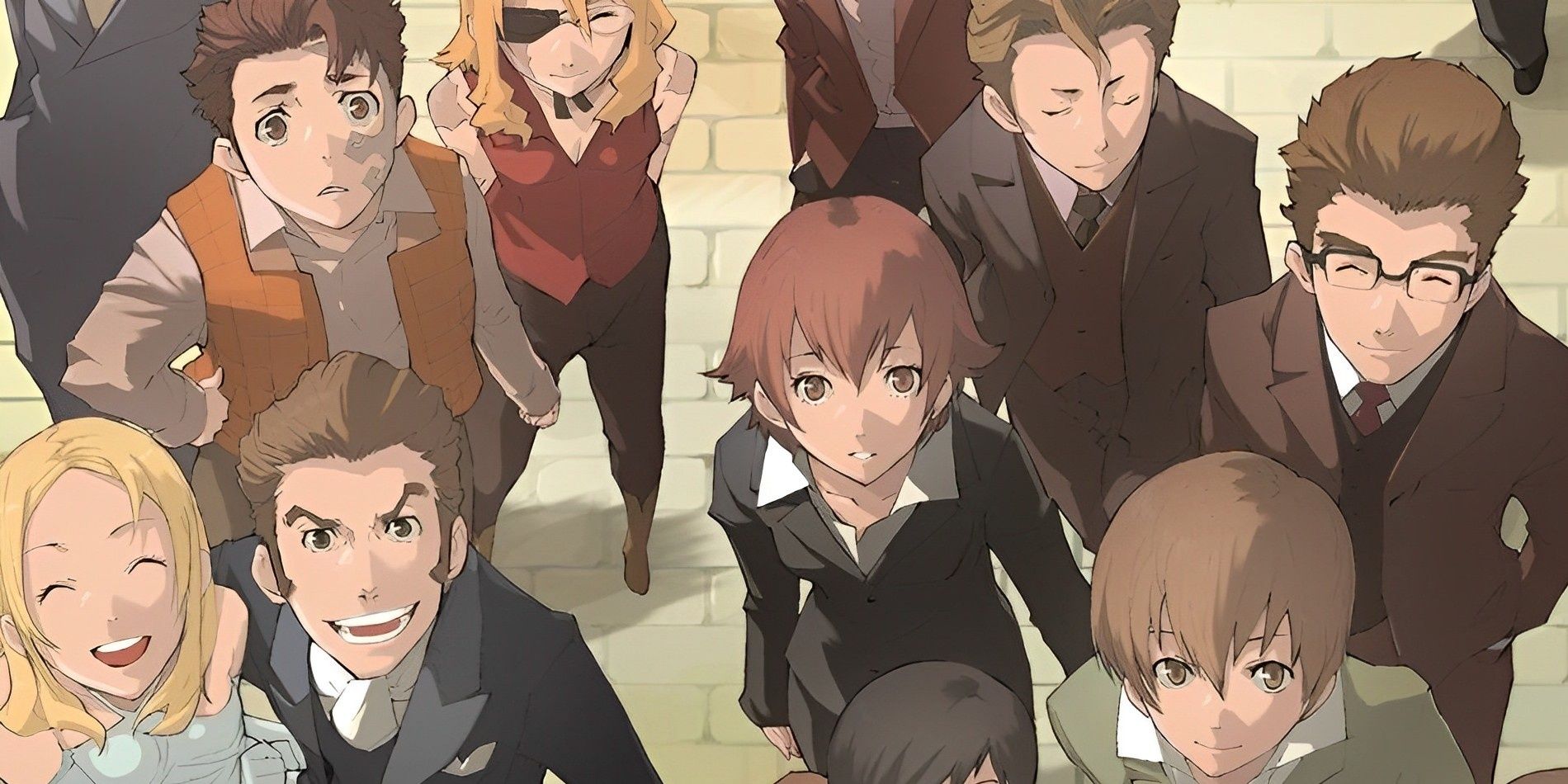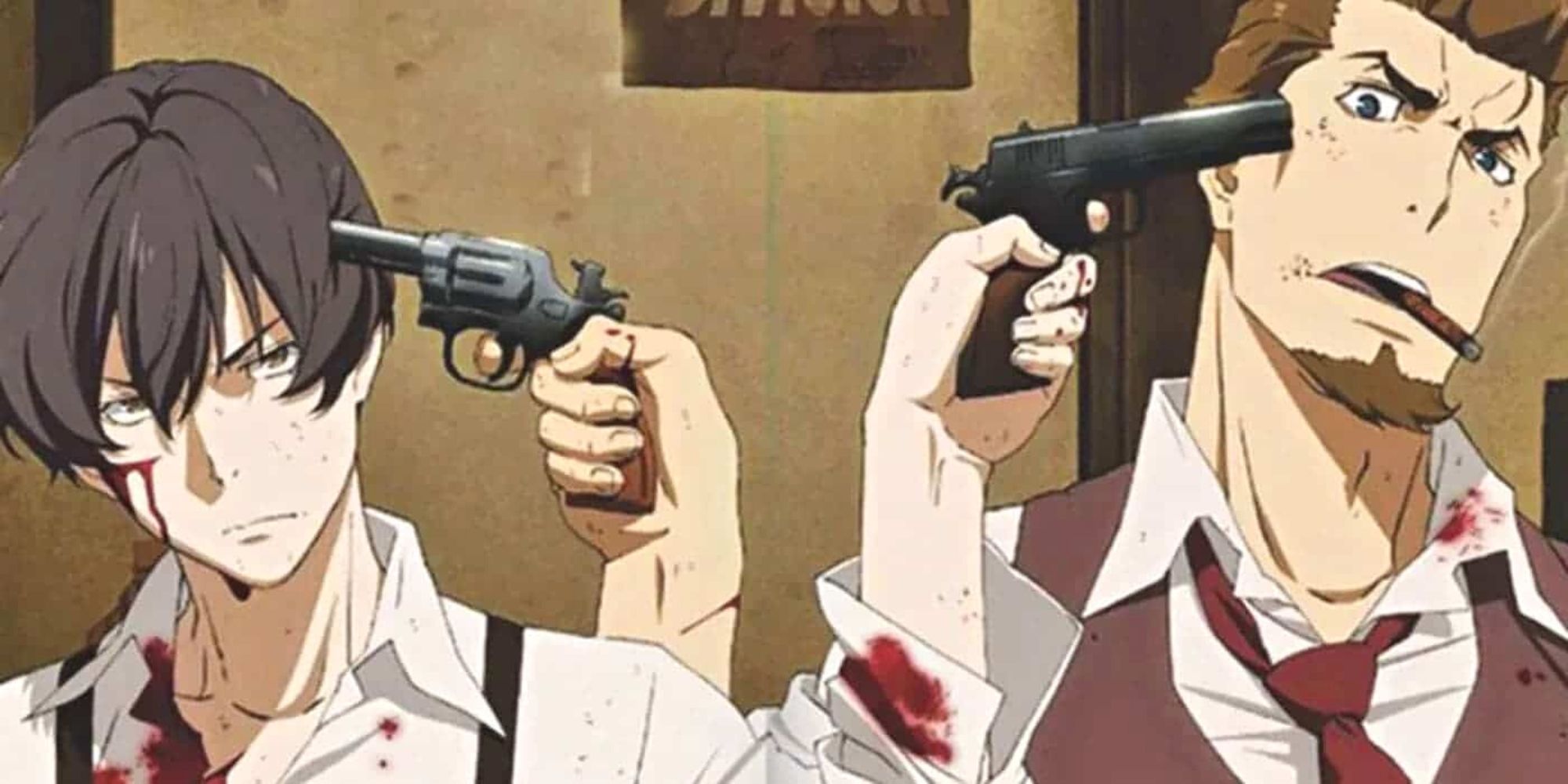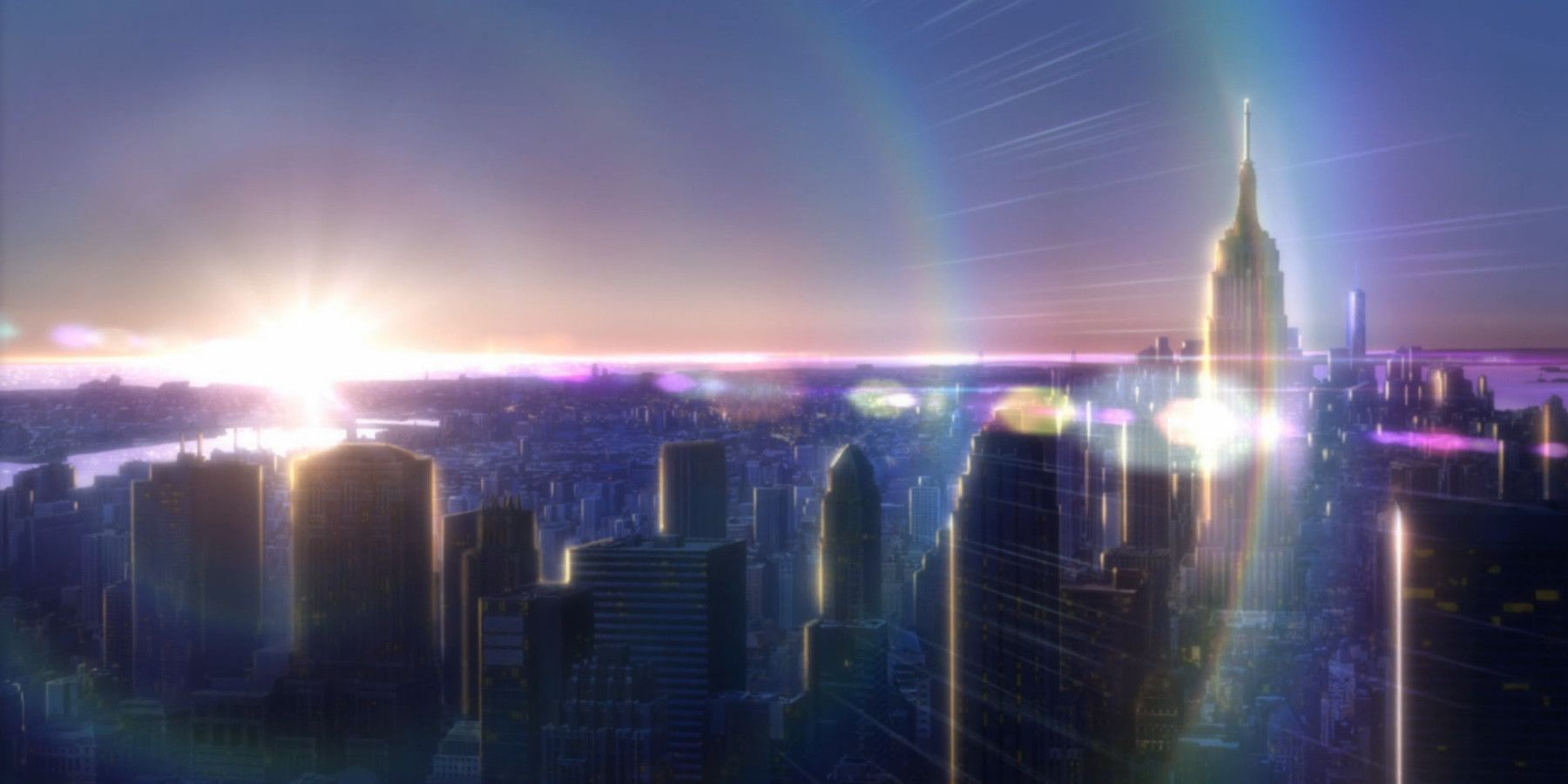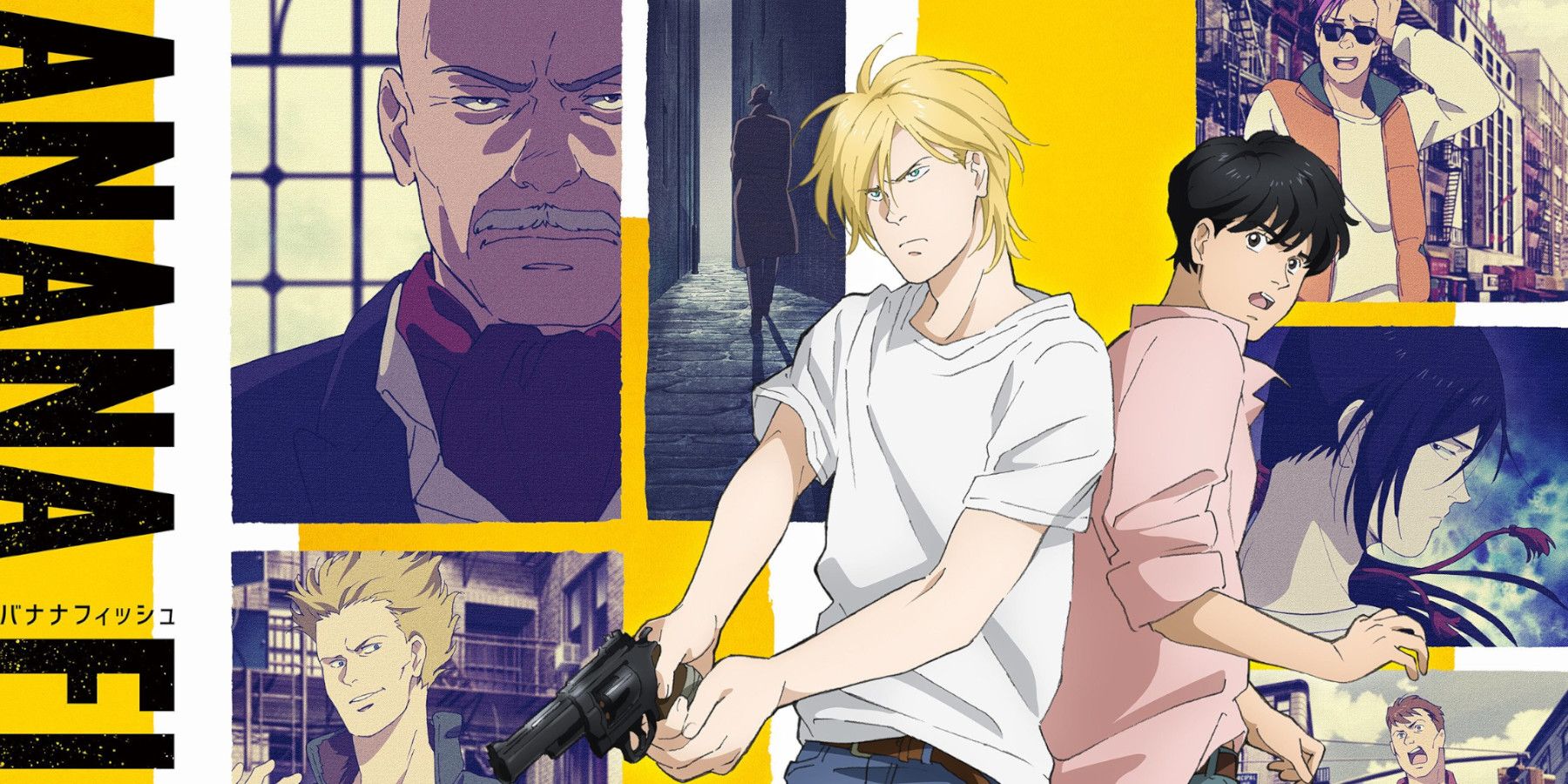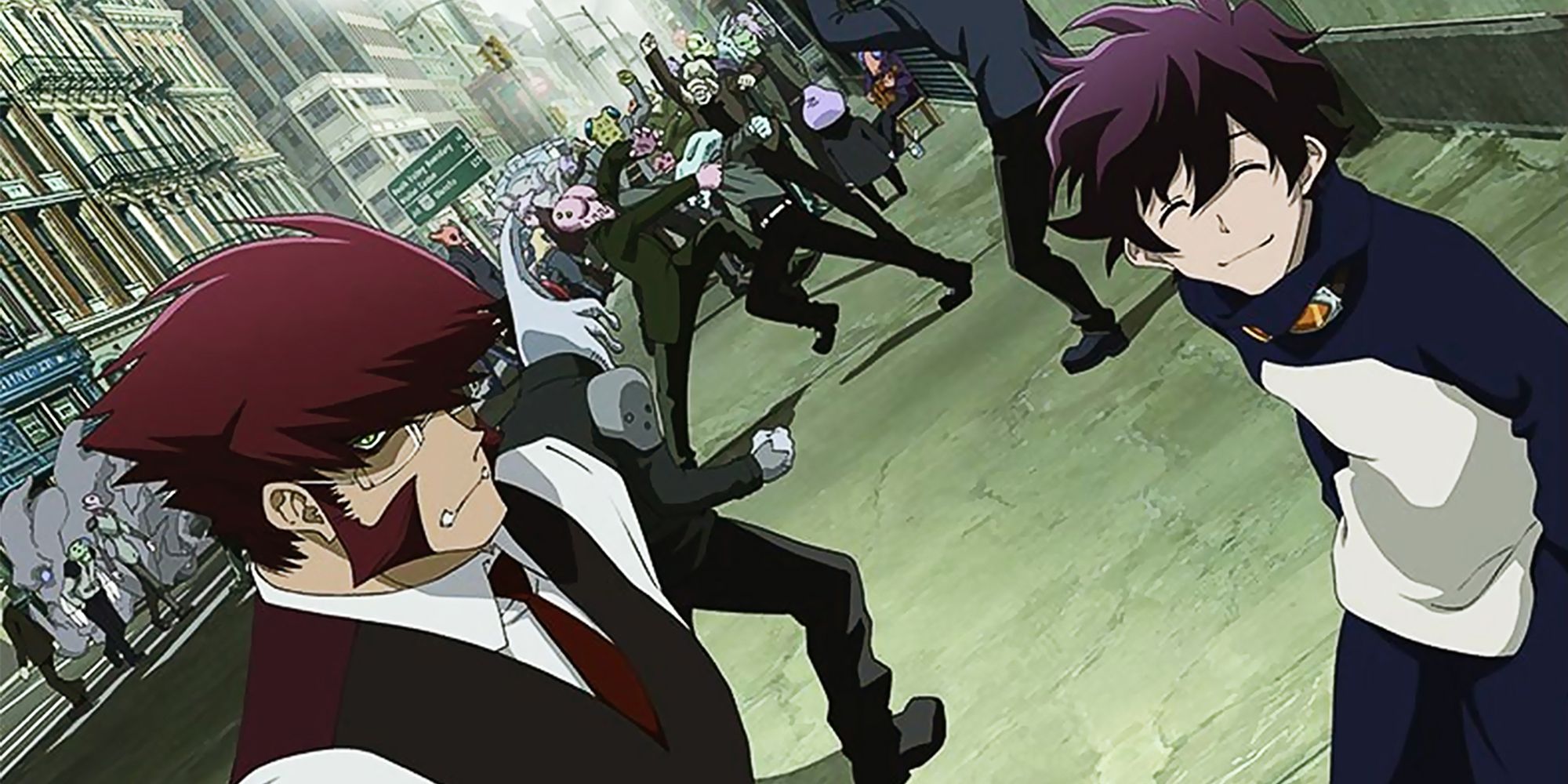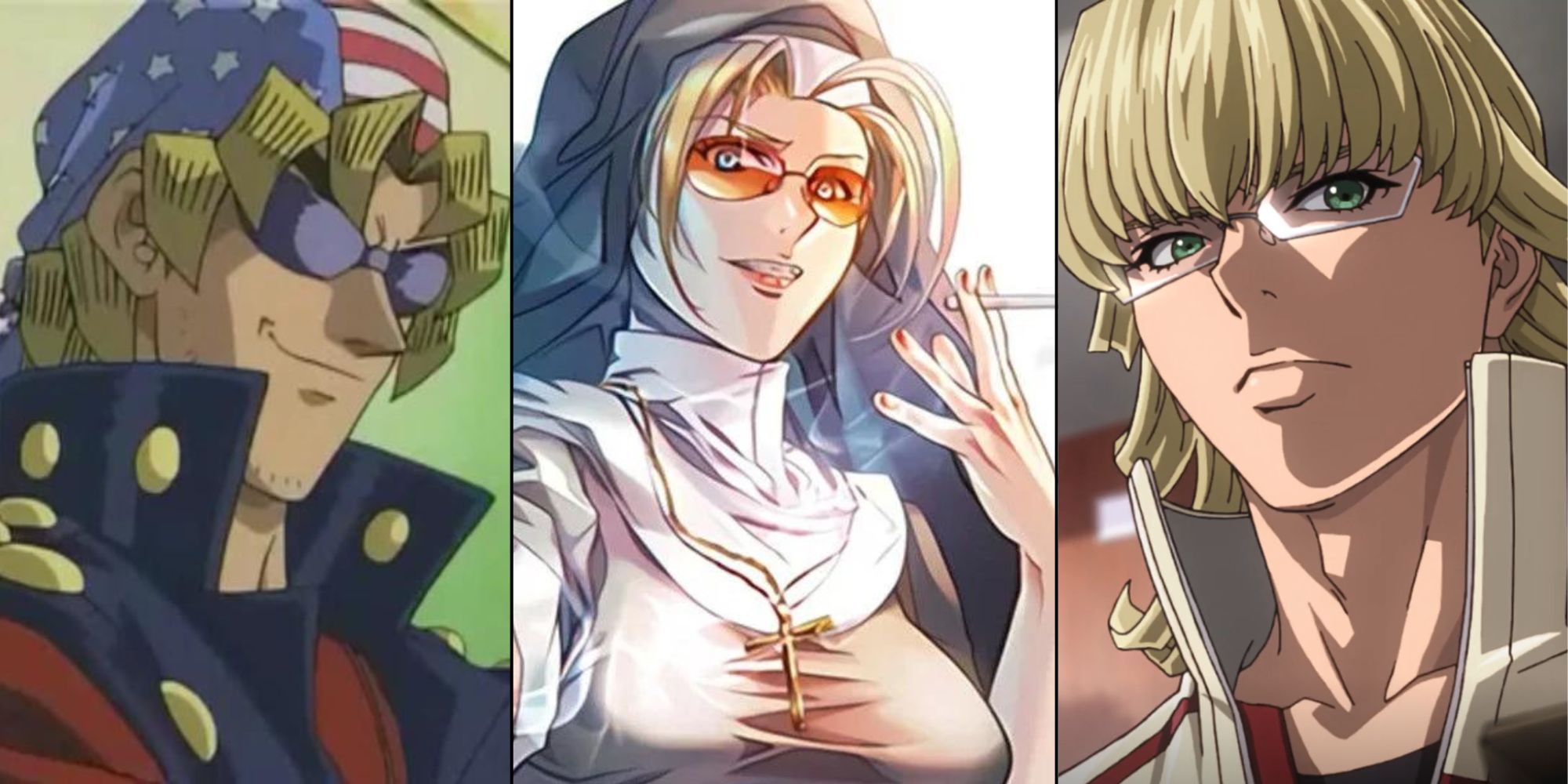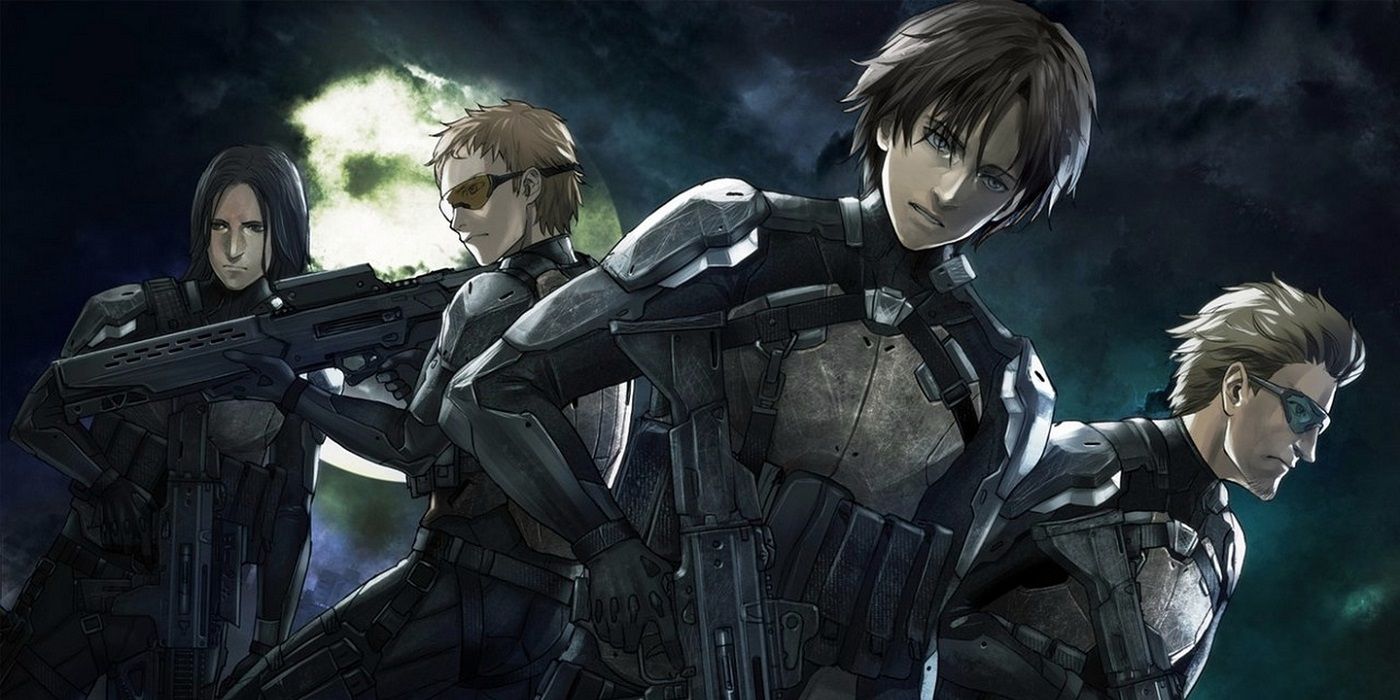So much of the appeal of anime comes down to its expressions of Japanese culture through storytelling techniques, visual styles, and tropes which become niche genres themselves. But creators within the medium have often stressed the importance of looking for inspiration outside of anime, and so it's incredibly fascinating to see how Japan depicts other countries and - in this case - the United States.
It's a not-so-rare occurrence, but there are big examples that audiences tend to think of when the topic of anime set in America comes up, from cult classics like Baccano to more recent gems like Kekkai Sensen. But what exactly about these portrayals hooks viewers, and does it come down to accuracy or some other quality?
The Period Piece
Very few anime set in America have the reputation that Baccano has, probably because the series was a far bigger hit in the West than in Japan. The show didn't perform that well and the home video sales weren't that much better. Despite Westerners loving it, it's not even available for purchase or streaming in America either - yet another show trapped in the Aniplex vault. Despite its apparent failure, it's one of those shows people constantly bring up.
Or at the very least, people used to bring up a ton, but it remains regarded as one of the most critically acclaimed classics, with one of the most critically-acclaimed English dubs to boot. Similar to Ryohgo Narita's other famous work Durarara, Baccano is a chaotic ensemble series of intersecting stories, with the focus on three distinct timelines explored over its 13 episodes.
It goes from Chicago to New York, and one long bloody railroad in between, and all the while it is drenched in a romantic depiction of the 1930s, from the scenery to the fashion to the dub's many delightful accents. It's cool to see the era brought to life in such vibrance from a Japanese studio, with a story that evokes classic gangster films but with an off-kilter, supernatural bend.
Sans the supernatural, this dedication to immersive escapism is shared to similar appeal by 91 Days, a more underrated prohibition-era gangster series about a man seeking revenge for his slain family. The clothing is period appropriate, there's jazz aplenty, and the overcast sky imposes a gritty tone. It all has the right look, but notice a pattern emerging.
Notable anime set in the U.S. aren't quite reflective of American culture so much as homages to gangster films and cop dramas. For example, Gunsmith Cats, an OVA that's actually set in Chicago, was created by an author whose biggest frames of reference were prohibition, Al Capone, and gun violence. (Dark Horse)
The Sights & Sounds
Anime is renowned for its use of photography and location scouting to create eye-catching backgrounds. For this reason, very few of these shows struggle to get the look right and where something is off, it's pretty easy to tell when a team did its research versus when they sorta just guessed. This extends beyond looks and into the category of American culture.
Studio MAPPA's Banana Fish was set in the present, but you can tell by watching it that the manga was set in 1980s New York no matter how they attempted to modernize things. Cell phones might exist in the adaptation, but the way the story goes, you'd think they didn't, and it seems that no one reminded MAPPA that carrying a gun into an airport in post-9/11 America would never happen.
No doubt one of the best anime to depict America in recent memory has to be Kekkai Sensen, despite its version of New York City not even being called New York anymore. Hellsalem's Lot - as it's called - is brimming with supernatural beings living alongside humans in a precarious balance upheld by superhumans. Yet through its storytelling and artwork, it casually captures the experience of being in a big American city with surprising ease.
Kekkai's tenth episode "Run! Lunch!! Run!!! / to the end," is just three of the main characters trying to find an agreeable place to spend their lunch hour at work. It's probably the most relatable episode for anyone who's ever traveled to the big apple. Across the whole series, the show uses the premise to depict what it might feel like to be a young adult traveling to such a big, scary, and unfamiliar city.
It's simply more exaggerated thanks to the comedy, the supernatural, and Rie Matsumoto's directing style. But there's a casualness to the show's depiction as well; one that comes out any time the characters visit a convenience store, pop into a fast-food place, or simply go about their commute. It's not always pretty per se, but it feels lived-in and gives the city appreciable character.
Hellsalem's Lot is certainly a lot foggier than New York, and its crowds are filled with as many aliens as there are humans, but at the same time, it couldn't feel more like America. Capturing what any country is like comes down to far more than just the look of the buildings, but also the people and the way that those people populate and interact with their surroundings.
Americans, According to Anime
A lot of the quirks of America's depiction start to jump out the most when one looks at how Americans themselves are portrayed. When it's just cameos in anime that are set in Japan, these characters are often heavily stereotypical, which tends to be very funny. It's also pretty fair game considering America's history of depicting other cultures to varying degrees of tastefulness.
Anime tends to depict Americans as loudmouthed, aggressive, or perhaps a little loquacious. Politicians and government officials are either presented as inoffensively as possible or are corrupt to a degree ranging from mild to comically villainous. In more serious examples, films like Genocidal Organ don't hold back when depicting the ugly side of the American military's work.
Once again, this isn't a criticism - America's not perfect, and sometimes it's a nice change of pace to see it be painted as more of an antagonist. Besides, it isn't like there isn't considerable love for American culture either. While not explicitly anime, the Resident Evil series proves that Americans written by Japanese writers can almost feel more patriotic than if they were written by Westerners.
To that point, very few of the biggest anime that are set in America explicitly feel like they stereotype their characters as one-dimensionally as other inclusions of Americans might. The casts of Kekkai Sensen or Baccano are as complex and fascinating as the best anime. The setting isn't some gimmick but rather a conscious choice to give the story a sense of space that feels unique.
Plenty of the directors responsible for these shows, whether they were original stories or adaptations, were inspired by an idea of America through the tapestry of genre filmmaking. This is to say nothing of the medium's proclivity for excellent and transportive art design. It goes to show how anime - and animation in general - can capture different cultures so captivatingly.
Source: Dark Horse
